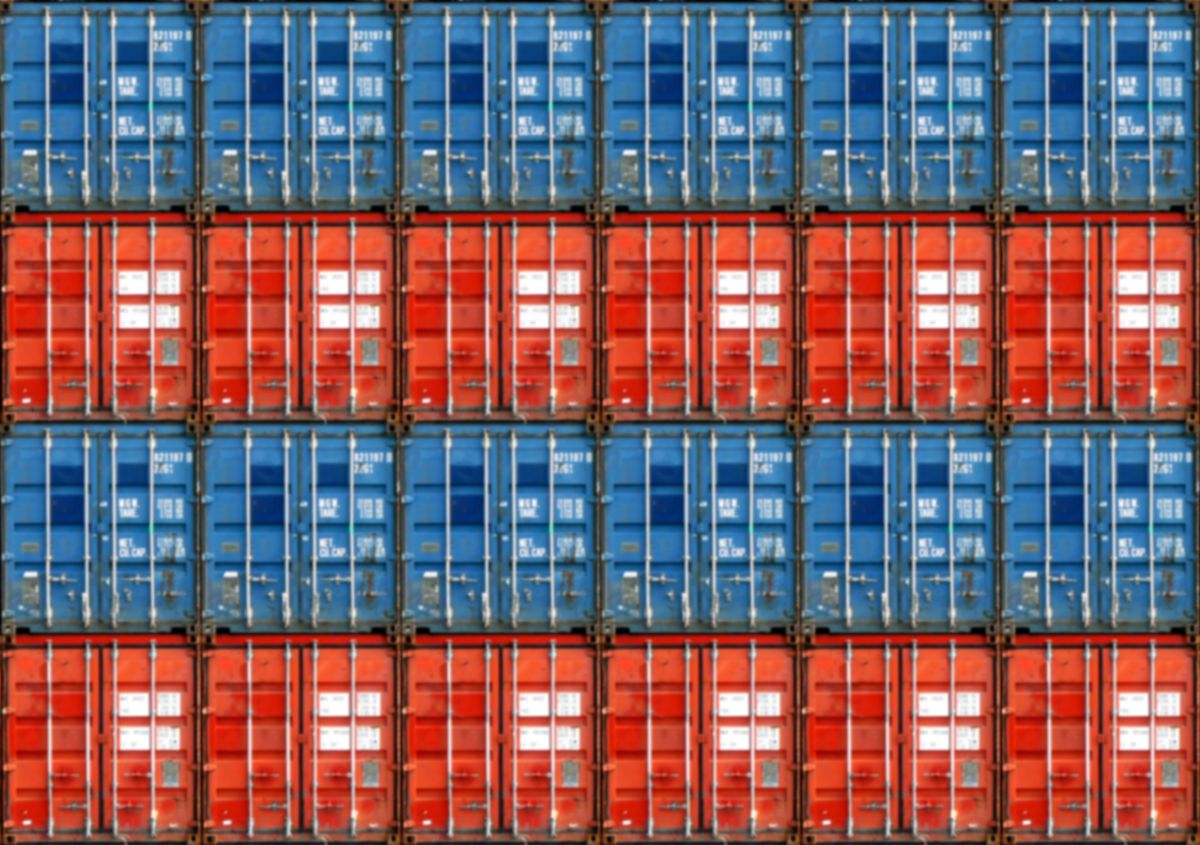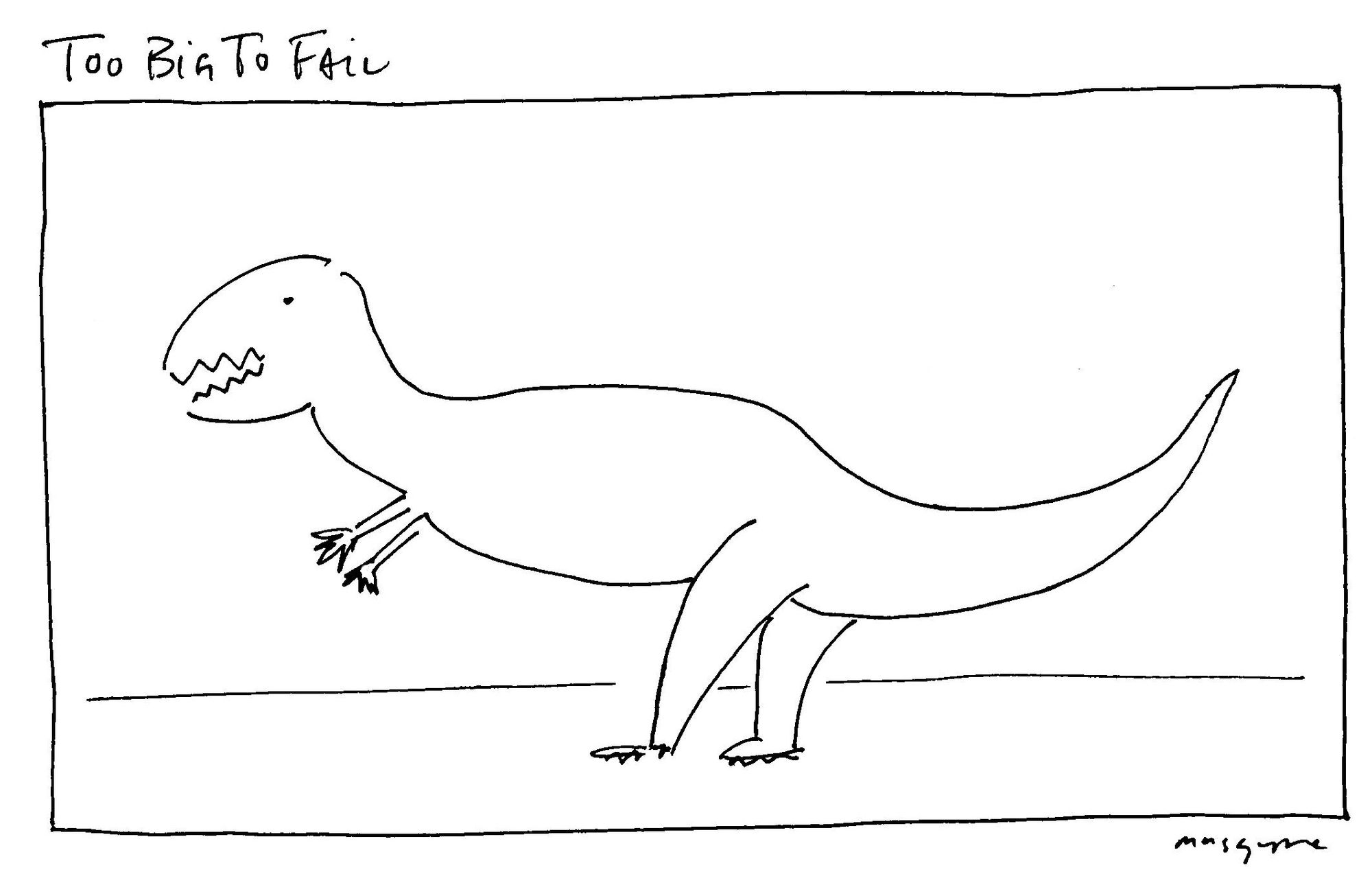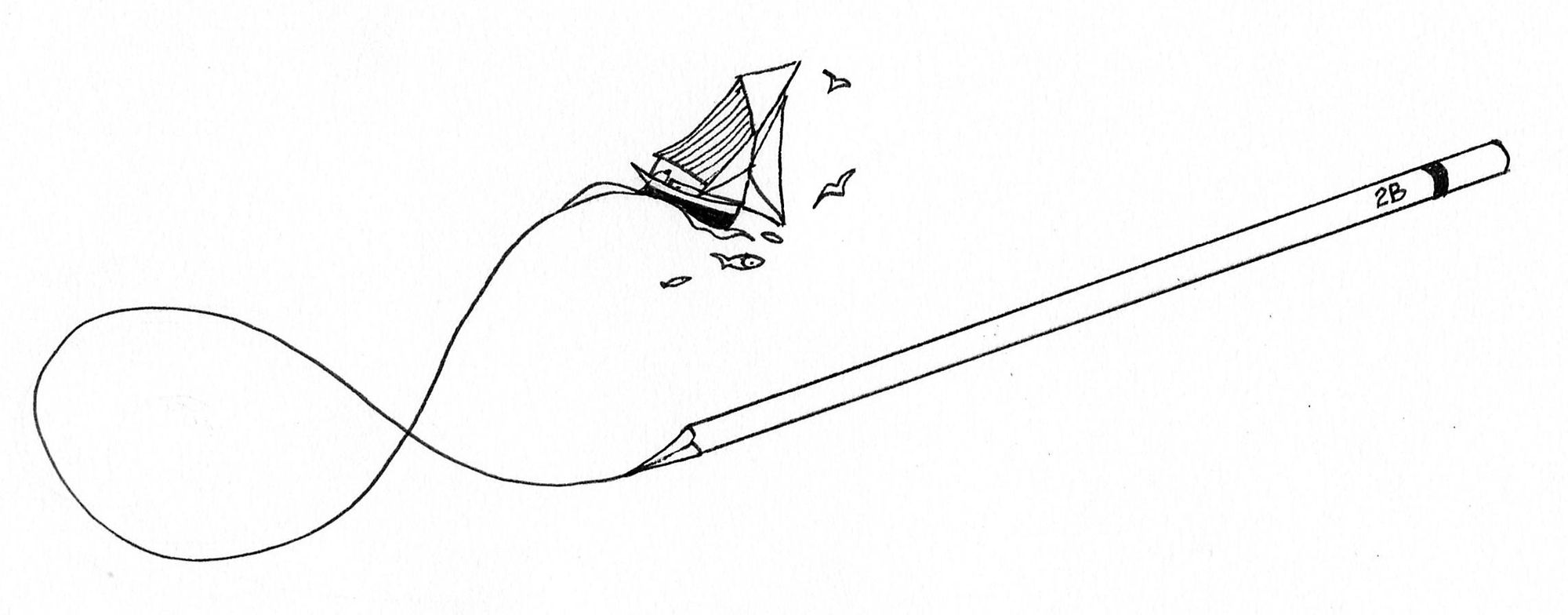Innovation in a Box
Innovation may seem to be at odds with the very purpose of organized commerce but it is essential for the creation and preservation of long-term economic value.

The Challenges faced by Corporate Giants.
THE THREE FRAMES OF INNOVATION
True innovation forms a blue ocean in a red ocean.

“Blue oceans denote all the industries not in existence today — the unknown market space, untainted by competition. In blue oceans, demand is created rather than fought over. There is ample opportunity for growth that is both profitable and rapid.”
Innovation as a process and culture is exceptionally hard to implement. It requires from individuals and organizations an unwavering commitment to venture into uncharted territory and keep failing until they succeed. This may seem to be at odds with the very purpose of organized commerce but it is essential for the creation and preservation of long-term economic value.
Innovation is considered by some to be an inexact science and I believe this is primarily due to its scope of application. A methodical approach to its processes would reveal that there are 3 specific frames or boundaries, each having their own preferred engagement strategy -
First Frame: Technical
The first frame of innovation is specifically limited to the technical environment or expertise required to deliver a product or execute a service. Thus it is in this frame of reference that subject matter expertise becomes critical and incremental innovation techniques such as Kaizen are seen to occur. Only a limited number of exponential breakthroughs are observed and these may be attributed to the power of outliers since the long-term effect of systemic diffusion on innovation is limited.
Second Frame: Organizational
The second frame of innovation deals with the non-technical or human aspects of the entity. These are primarily organizational and includes leadership, work-life balance, team structures, etc. However, the core of this frame revolves around people and thus it possesses the unique ability to affect productivity, efficiency, revenue and every other business metric. It is very different from the technical frame since it directly influences public perception on an everyday basis and thus is able to accelerate or slow down the innovation pulse. Furthermore, this frame provides the most opportunity to leverage change throughout the organization.

Third Frame: Layer
The third frame of innovation contextualizes itself as a layer which exists and functions above or below the other two frames. A layer is typically a mono functional lens (such as marketing, logistics, etc.) which when applied to the technical and/or organizational frame results in either minor modification or ground breaking innovation. The layer frame may be misconstrued as having limited utility or influence but can actually create massive impact. For example, imagine Renault offering its cars as a service on a subscription model instead of as a product for outright purchase. This is a layer frame operating on top of mostly unchanged technical systems but which requires organizational functions to be redefined. Thus the layer frame pervasively influences the organizational frame.
THE DEATH OF IDEAS
The trickle-down theory is a fallacy.
The trickle-down theory has been popularized in the field of economics but as a concept it also seems to have taken root in super corporations who believe it will prove to be effective in the catalysis or diffusion of innovation. However, this is simply not going to happen. Supply-side economics has already failed to deliver results and I believe there will be a similar outcome in the context of innovation because of the following reasons -
1. Trickle-down theory derisks and overcompensates the top of the pyramid.
2. It strengthens the power distance at each level in the organizational hierarchy.
3. It creates an inadequate reward mechanism for the majority of people.
4. It self perpetuates weakness in economic efficiencies to scale innovativeness.
5. It concentrates innovation as a core competency only at the top via recursion.
6. It reduces the number, diversity and influence of marginal stakeholders.
7. It does not contribute at all to the development of a shared organizational ethos.

Super corporations are finding it increasingly difficult to incorporate innovation procedurally but they are still attempting to grapple with the problem. There are several reasons as to why this is happening -
Too big to innovate.
Corporations may be proving to be too big to fail but their size and global scale poses several challenges from an innovation perspective. They have a high degree of organizational complexity which greatly reduces their mobility, agility and ability to deal with flux. In addition to this, employees must usually deal with red tape and long lead times to secure management buy-in before they can begin a side project. This procedural rigidity directly conflicts with innovation and may breed a toxic environment where all ideas are killed preemptively.
Innovation is a black box.
A black box is an environment which accommodates a wide variety of inputs but can offer no insight into its operation nor its output prior to its execution. If we were to accept this definition then innovation is indeed considered to be a black box by leadership because it sucks in a ton of resources, time, money, energy, etc. with no guaranteed or minimum specific output. This environment creates tremendous fear and insecurity which leads to the “Innovator’s Dilemma” — focus on scaling organizational efficiency and capital employment or innovate disruptively through capital expenditure and cannibalization of existing customers.
Leadership suffers from a self-serving bias.
Corporations suffer from an innovation malaise because their leadership often attributes positive events to their own character but attributes negative events to external factors. Over a period of time this results in the organization becoming myopic and insensitive to opportunities both from a cross-industry perspective as well as their own. This has severe consequences and can result in the erosion of long term economic value if the broader customer and environmental evolution is missed or a misinterpretation of the market’s evolution becomes the default view. The demise of mobile stalwarts such as Nokia and Blackberry are fitting examples.
THE SCHOOLS OF INNOVATION

Although cultivating innovation in large organizations can be a challenging affair all efforts can broadly be aligned under 3 schools of thought -
Participatory
A participatory organization believes that innovation is a base function that can occur anywhere in the organization and value chain. Thus innovation is viewed as a competency or expectation similar to entrepreneurial orientation, language fluency, conceptual thinking, etc. Consequently, this business function needs to be cultivated, developed and supported via the Human Resources department. As an innovation practice - Kaizen - deeply resonates with this approach at a socio-cultural level and thus this approach has been primarily adopted in the east.
Specialized
This school of thought believes that the ability to innovate is a rare and highly selective function. Thus in order to scale efficiencies it recommends that all efforts centered on innovation should be concentrated in a specific department or section. This entity could even be structured as an accelerator or incubator to incorporate a lean or hypothesis driven approach. However, as a trade-off, this methodology is highly reliant on successful dissemination of innovations across the organization. Localization, talent development and engagement are core issues that crop up with this approach but they can be alleviated through strong internal processes.
External
This approach operates under the hypothesis that all disruptive or exponential innovation must occur outside the organization since it is contrary to itself and its core objectives which are to scale efficiencies and profit, on an ongoing basis. Thus it employs the following strategies to cope and eventually thrive with innovation-
Agency: This strategy utilizes a collective of external agencies specializing in design, management, forecasting, etc. to arrive at major breakthroughs. This is much faster than establishing conventional internal processes in an organization and has the possibility to be less expensive, in absolute terms, and have fixed downside with the same degree of success.
Investments: This approach is contingent on the theory that free markets and competition will eventually result in innovations which are financially viable and successful. Thus the prudent solution for an organization would be to invest in emerging technologies and startups that adopt a fundamentally different position and worldview within the same segment. These investments could then be viewed or exercised as hedges, kill switches and honeypots to safeguard long term value and competitiveness.
Industry: Sometimes the best way to grapple with innovation is to incorporate it through a partnership (consortium) or an outright acquisition. The former option poses ownership, licensing and positioning challenges while the latter is usually an expensive affair that sucks up cash reserves or requires leverage. In addition to this there may be potential integration and synergy issues. However, it is important to note that all these challenges squarely relate to corporate governance and not the issue of innovation itself.
THE STRUCTURE OF INNOVATION

Structures scale innovations within the organization.
Corporate structures play a pivotal role in the occurrence and dissemination of innovation over the long term. There can be multiple structures in effect at the same time with differing footprints but it is critical to note that adopting a centralized or distributed innovation architecture will inspire and breed very different cultures. A centralized model typically needs to be supported through flat hierarchies and open accessibility while a distributed model must put in place fair democratic structures to intervene and apply intellectual rigor. This architecture is intended to be a dynamic entity and thus should accommodate emergent changes via feedback loops. The fragility of these dissemination structures is a function of their usage and cultural resonance with employees. Thus it cannot be adequately stressed that these structures are the crucial missing link in the context of making innovations stick across global corporations.